In a country where power outages are as common as morning traffic in Lagos, the solar energy sector is not just a business opportunity—it’s a lifeline. Nigeria, Africa’s most populous nation, grapples with an electricity access gap affecting over 85 million people, forcing households and businesses to rely on expensive diesel generators.
But with abundant sunlight averaging 5.5 kWh/m² per day, solar power emerges as a beacon of hope. As of 2025, the Nigerian renewable energy market stands at 3.44 GW of installed capacity, projected to surge to 5.51 GW by 2030 at a CAGR of 9.88%. Solar PV alone is expected to hit 30 GW by 2030, driven by government targets to reach 23% renewable electricity by 2025.
Also Check:
Free Solar Installation Training in Nigeria – Register Now to Build a Sustainable Career
Solar Installer Certification in Nigeria — Requirements and Process
Starting a solar installation business in Nigeria isn’t merely about selling panels and inverters—it’s about empowering communities, slashing carbon emissions, and tapping into a market ripe for innovation. This guide, optimized for aspiring entrepreneurs searching for “how to start a solar installation business in Nigeria 2025,” breaks down every step, from market insights to scaling strategies. Whether you’re a tech-savvy engineer or a business-minded visionary, you’ll find actionable advice here. Let’s illuminate your path to success.
The Booming Solar Market in Nigeria: Why Now is the Time
Nigeria’s energy crisis is a goldmine for solar entrepreneurs. Only 55% of the population has grid access, and even those connected endure up to 18 hours of daily blackouts. The removal of fuel subsidies in 2023 spiked diesel prices to over ₦1,200 per liter, making generators untenable for small businesses and homes. Enter solar: off-grid solutions like home systems and mini-grids are exploding, with the off-grid solar market growing at 32% CAGR.
Market Size and Growth Projections
The West Africa solar PV panel market, led by Nigeria, was valued at USD 162.84 million in 2024 and is forecasted to grow at 31.9% CAGR through 2030. Domestically, solar capacity reached 112 MW in 2023, up from negligible levels a decade ago. By 2025, renewables could comprise 23% of the energy mix, with solar contributing 500 MW.
Key segments include:
- Residential Solar Home Systems (1-10 kW): Ideal for households, addressing basic needs like lighting and fans.
- Commercial & Industrial (C&I, 10-100 kW): Targeting SMEs weary of generator costs.
- Mini-Grids and Off-Grid Projects: Serving rural areas via the Rural Electrification Agency (REA).
Opportunities abound in urban hubs like Lagos and Abuja, where SMEs seek reliable power, and rural electrification programs promise steady contracts.
Nigeria’s Solar Market Growth Timeline
- 2014: 0 MW solar capacity.
- 2023: 112 MW.
- 2025: 500 MW target.
- 2030: 30 GW projection. With icons of rising sun panels and upward arrows, overlaid on a map of Nigeria highlighting high-irradiance northern states. This visual underscores the exponential growth, making it shareable on social media for SEO backlinks.
Challenges in the Market
No opportunity is without hurdles. High import duties (up to 21% on solar tech) inflate costs, policy instability deters investors, and vandalism threatens installations. Yet, these are surmountable: government incentives like zero import duties on renewables mitigate costs, and community buy-in reduces theft risks.
| Market Segment | Projected Growth (2025-2030) | Key Opportunities | Main Challenges |
| Residential (1-10 kW) | 25% CAGR | Affordable home kits; REA subsidies | Upfront affordability for low-income users |
| C&I (10-100 kW) | 35% CAGR | SME energy independence | Grid integration issues |
| Mini-Grids/Off-Grid | 40% CAGR | Rural contracts; World Bank funding | Logistics in remote areas |
This table highlights targeted niches, aiding SEO for queries like “solar business opportunities Nigeria 2025.”
Step-by-Step Guide: Launching Your Solar Installation Business
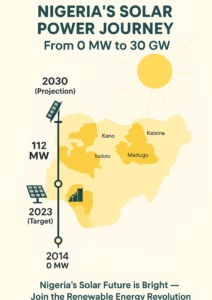
Embarking on this venture requires meticulous planning. Follow these seven steps, refined for 2025 regulations.
Step 1: Conduct Thorough Market Research
Before investing a kobo, validate demand. Survey potential clients in your area—use free tools like Google Forms or visit markets in Lagos’ Ikeja or Abuja’s Wuse. Analyze competitors: Top players like Arnergy and Starsight Energy dominate, but niches like affordable rural kits remain underserved.
Focus on:
- Target Audience: Urban SMEs (60% of demand) vs. rural households.
- Pricing Sensitivity: Nigerians prioritize ROI; emphasize 3-5 year payback.
- Trends: Hybrid systems with batteries for outage-prone areas.
Pro Tip: Join the Renewable Energy Association of Nigeria (REAN) for networking—membership costs ₦50,000 annually but unlocks leads.
Step 2: Develop a Robust Business Plan
Your blueprint for success. Outline your niche (e.g., residential installations), revenue streams (sales, installs, maintenance), and 3-year projections. Use free templates from the Small and Medium Enterprises Development Agency of Nigeria (SMEDAN).
Key Sections:
- Executive Summary: “Empowering 1,000 Nigerian homes with solar by 2027.”
- Financials: Startup costs (detailed below), break-even analysis.
- Marketing Strategy: Digital ads targeting “solar installers near me.”
This document is crucial for securing loans from banks like Access or Zenith, which offer green energy lines at 9-12% interest.
Step 3: Register Your Business with CAC
Legal legitimacy is non-negotiable. Register via the Corporate Affairs Commission (CAC) portal (cac.gov.ng). Opt for a Limited Liability Company (LLC) for liability protection—ideal for installations involving heights and wiring.
Process:
- Name Search & Reservation: ₦500, 24-48 hours.
- Submit Documents: CAC 1.1 form, MEMART (outlining solar objectives), directors’ IDs, proof of address. Fees: ₦10,000-₦50,000 based on share capital.
- Timeline: 7-14 days for certificate.
Total Cost: ₦20,000-₦100,000 (including lawyer fees). Post-registration, obtain a Tax ID (TIN) from FIRS—free but essential for incentives.
Step 4: Secure Essential Certifications and Licenses
Compliance builds trust and accesses contracts. For solar installers:
- Standards Organisation of Nigeria (SON) Certification: Mandatory for imported products. Submit CAC cert, product samples; fees ₦50,000-₦200,000.
- COREN Registration: For engineers overseeing installs. Training via Solar Power Training Centre (SPTC) in Abuja costs ₦150,000-₦300,000, leading to international recognition.
- NCS Registration: For customs clearance on imports; ₦100,000 setup.
- EIA for Large Projects: From NESREA, ₦500,000+ for >100 kW systems.
Aim for NABCEP-equivalent via local programs for global credibility. Total: ₦500,000-₦1 million initially.
Step 5: Source Equipment and Build Supply Chain
Quality trumps cheap—faulty panels lead to callbacks. Source from China (via Alibaba) or local distributors like Auxano Solar. Key components:
- Panels: Monocrystalline (₦60,000-₦250,000 per 500W).
- Inverters: Hybrid 5kW (₦400,000-₦1 million).
- Batteries: Lithium-ion (₦1-2 million for 10kWh).
Start with ₦5-10 million inventory for 20-50 installs. Partner with importers for 20-30% margins.
Step 6: Set Up Operations and Infrastructure
Lease a 100-200 sqm workshop in industrial areas (₦500,000/year rent). Hire 5-10 staff: 2 certified engineers (₦200,000/month salary), sales reps, and laborers.
Tools Needed: Multimeters, mounting kits (₦1 million total). Invest in safety gear—falls are a top risk.
Step 7: Marketing and Client Acquisition
Visibility is key. Optimize for “solar installation Nigeria” with a Google My Business profile and SEO-friendly website (₦200,000 build). Leverage social media: Instagram reels of installs garner 10x leads.
Strategies:
- Partnerships: Tie-ups with real estate firms.
- Financing Offers: Bundle with pay-as-you-go via Lumos or Arnergy models.
- Content Marketing: Blog on “solar ROI calculator Nigeria” to rank high.
Aim for 5-10 installs/month initially, charging ₦1-5 million per project (20-30% profit).
Startup Costs: A Realistic Breakdown for 2025
Budget ₦20-50 million for a modest launch, scalable based on scope. Currency fluctuations (Naira at ₦1,600/USD) impact imports, but incentives help.
| Category | Estimated Cost (₦) | Details |
| Business Registration & Certifications | 500,000 – 1,500,000 | CAC, SON, COREN |
| Equipment Inventory (Initial Stock) | 10,000,000 – 20,000,000 | 50 panels, 20 inverters, batteries |
| Office/Workshop Setup | 2,000,000 – 5,000,000 | Rent, tools, vehicles |
| Marketing & Website | 1,000,000 – 2,000,000 | Digital ads, branding |
| Staff Salaries (First 3 Months) | 3,000,000 – 5,000,000 | 5-10 employees |
| Miscellaneous (Insurance, Training) | 1,000,000 – 2,000,000 | Liability coverage essential |
| Total | 17,500,000 – 35,500,000 | Excludes working capital |
Chart: Cost vs. Revenue Projection (Year 1)
Use this simple bar chart (visualize in Excel):
- Costs: ₦25M (bars in red).
- Revenue: ₦40M from 100 installs at ₦400,000 average profit. Net: ₦15M. This illustrates quick ROI, appealing to investor queries.
Financing: Bootstrap or access CBN’s ₦100 billion solar fund for low-interest loans.
Navigating Regulations and Incentives in 2025
Compliance avoids fines; incentives fuel growth. The Renewable Energy Master Plan (REMP) targets 23% renewables by 2025, offering:
- Tax Breaks: Zero import duties on solar equipment.
- Feed-in Tariffs (FiTs): Guaranteed rates for grid-tied systems.
- DARES Project: $750M World Bank funding for 17.5M off-grid connections, creating 250,000 jobs.
- Solar Power Naija: Subsidies for 5M home systems.
Register with REA for grants (up to 50% project funding). For customs, prepare Bill of Lading and SON certs. Environmental Impact Assessments (EIA) are required for >50 kW installs.
Building Your Team: Skills and Training
Your installers are your brand. Seek COREN-certified electricians with PV experience. Training costs ₦100,000-₦500,000 per person via GVE or RETTI. Prioritize safety: OSHA-equivalent courses reduce accidents by 40%.
Hiring Tip: Post on LinkedIn with “solar technician jobs Nigeria” to attract 50+ applicants weekly.
Marketing Mastery: Attracting Clients in a Crowded Market
Digital-first: 70% of Nigerians search online for services. Create a site with case studies (e.g., “Saved a Lagos shop ₦200,000/year”). Use WhatsApp Business for quotes—response rates hit 90%.
Offline: Demo events at trade fairs like REAN Expo. Offer warranties (5-25 years on panels) to build trust.
Case Study: A Lagos startup installed 200 systems in Year 1 via Instagram, hitting ₦50M revenue.
Risks, Challenges, and Mitigation Strategies
- High Costs: Mitigate with bulk imports and subsidies.
- Skilled Labor Shortage: Partner with training centers.
- Policy Shifts: Diversify to off-grid models.
- Theft/Vandalism: Use GPS-tracked panels; community engagement.
Opportunities: Export to ECOWAS; integrate AI for system monitoring.
Infographic: Top 5 Challenges & Solutions
Visual: Pie chart of challenges (Costs 40%, Awareness 25%, etc.), with solution bubbles. Shareable for Pinterest SEO.
Success Stories: Real-World Inspiration
- Arnergy: Scaled to 10,000 installs via REA partnerships, raising $5M in funding.
- Lumos: 500,000+ PAYG systems, creating 5,000 jobs.
- Local Hero: A Abuja firm started with ₦10M, now services 500 clients annually.
Scaling Up: From Startup to Solar Empire
After Year 1, expand: Franchise models, mini-grid bids, or exports. Track KPIs like customer acquisition cost (target <₦50,000) via QuickBooks.
Sustainability: Train locals, reduce e-waste via recycling partnerships.
Conclusion: Power Up Your Future Today
Starting a solar installation business in Nigeria in 2025 is more than profitable—it’s purposeful. With a ₦20-50M investment, you could generate ₦100M+ revenue while lighting up lives. Research, register, certify, and market relentlessly. The sun never sets on this opportunity—seize it.
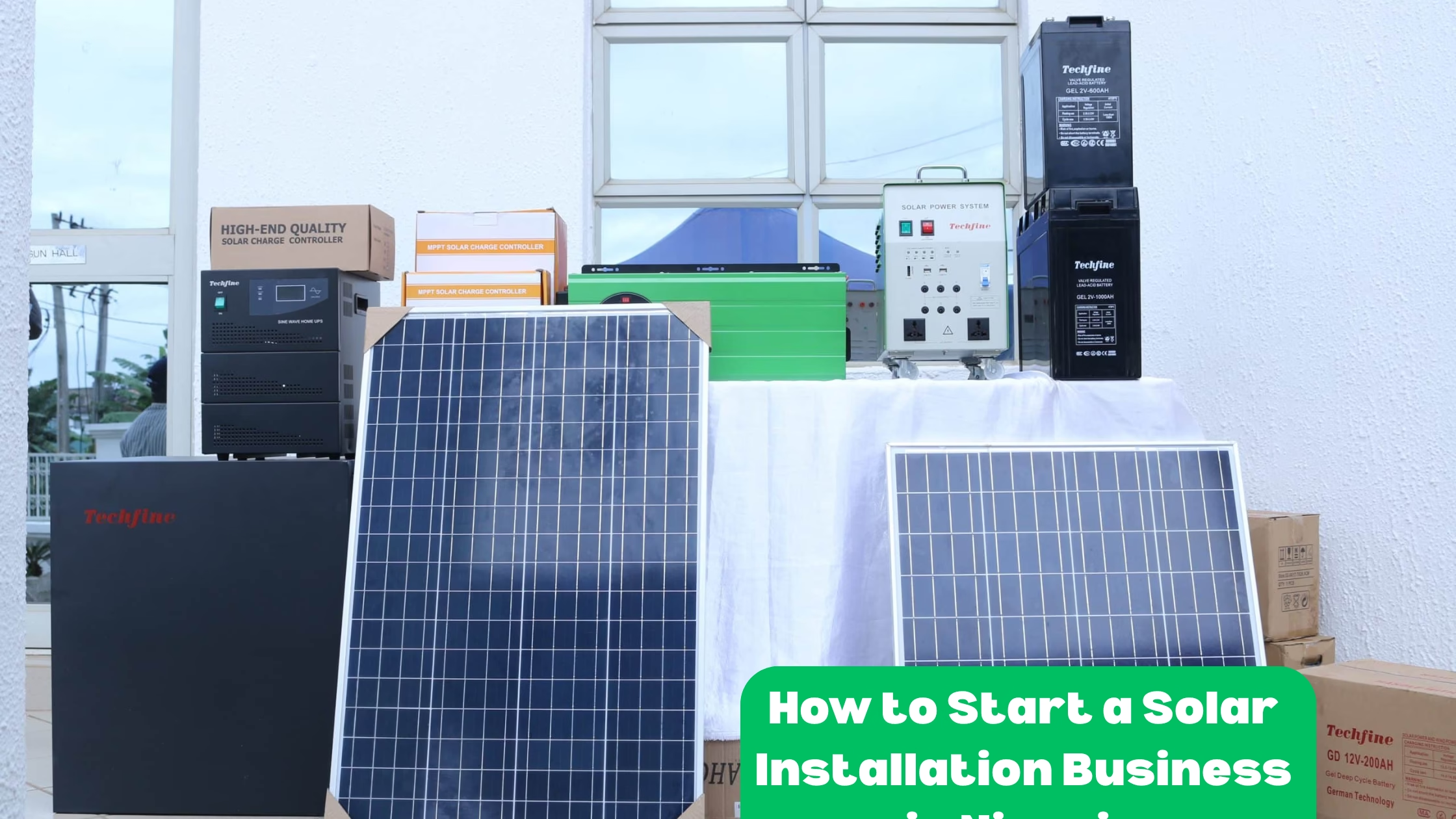
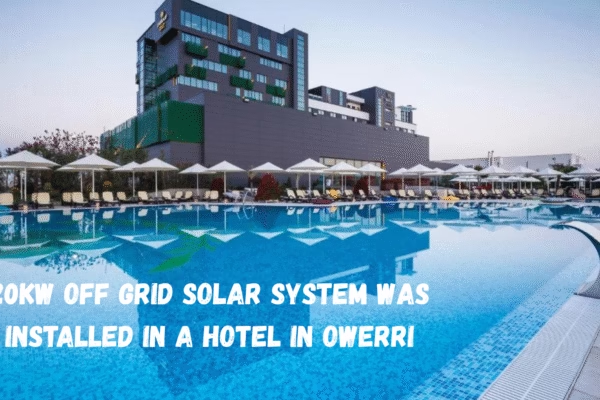
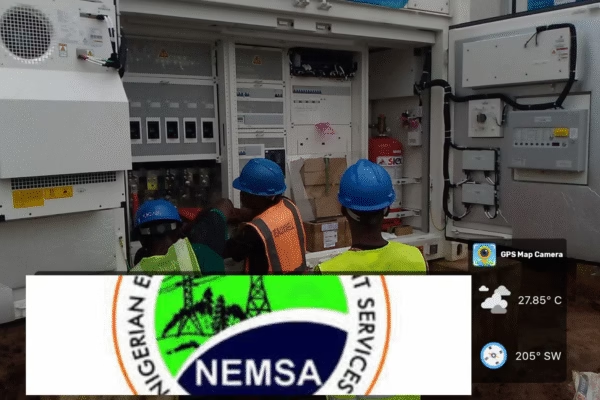
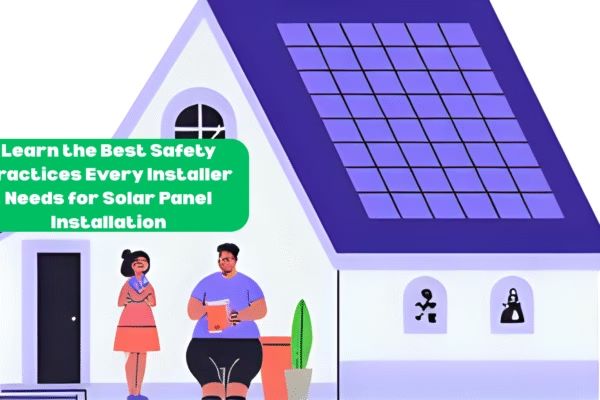

I want to learn how to install
I am interested and I was told that you guys are the best
Am interested in the training